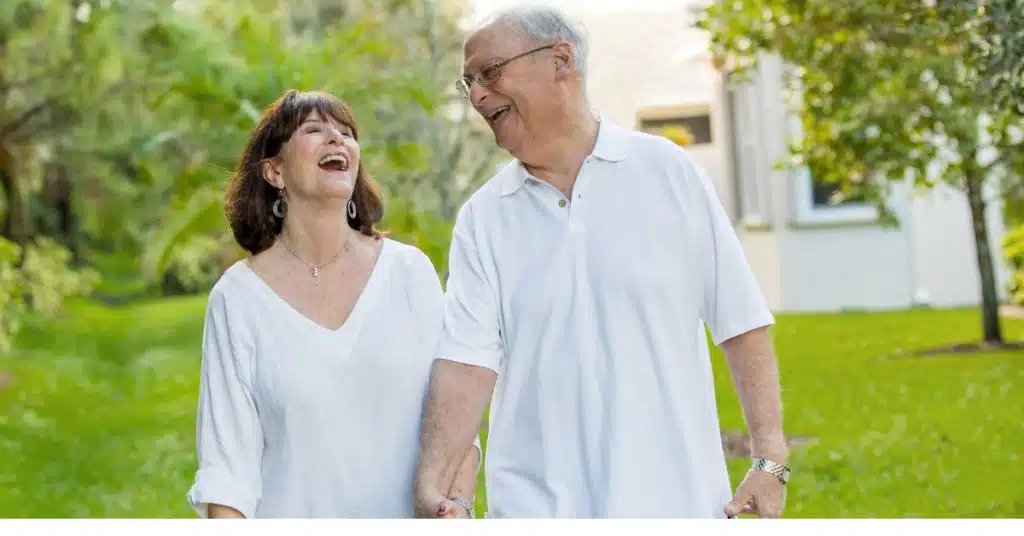Attachment styles play a crucial role in shaping the dynamics of relationships. Developed through early childhood experiences, attachment styles influence how individuals form emotional bonds and interact with their partners. In this article, we will delve into the world of attachment styles within the context of couples therapy, highlighting the importance of understanding these styles for relationship growth and healing.
Understanding Attachment Styles
Attachment styles can be categorized into four main types: secure, anxious-preoccupied, dismissive-avoidant, and fearful-avoidant. Each style is characterized by distinct patterns of thoughts, emotions, and behaviors in relationships. Attachment styles develop through the interactions individuals have with their primary caregivers during childhood. These early experiences shape their beliefs about themselves and others, influencing their adult relationships. The idea is that a child requires love, security, and comfort from their caregivers.
When these needs are met, a person becomes securely attached. Secure attachment style is marked by a sense of security, trust, and comfort in relationships. However, if a caregiver is mis-attuned to the child’s needs, a person can become insecurely attached and lead to being anxious, avoidant, or fearful. Anxious-preoccupied individuals seek constant reassurance and validation, while dismissive-avoidant individuals emphasize independence, and may struggle with intimacy. Fearful-avoidant individuals on the other hand, exhibit a combination of anxious and avoidant tendencies, often fearing both closeness and rejection.
The Role of Attachment Styles in Couples Therapy
Attachment styles significantly impact relationship dynamics and communication patterns. Couples with different attachment styles may face challenges in understanding each other’s needs and responding effectively. Mismatched attachment styles can lead to lower relationship satisfaction and difficulties in conflict resolution. For example, an anxiously attached individual may feel overwhelmed by the avoidance of their partner, while a dismissive-avoidant individual may struggle to provide the emotional support their partner needs.
Couples therapy provides a valuable opportunity for couples to explore and navigate their attachment styles. Therapists help couples gain insight into their attachment patterns, fostering understanding, empathy, and healthier ways of relating.

Recognizing Your Attachment Style
Recognizing one’s own attachment style is a crucial step towards personal growth and relationship improvement. Guidance and self-reflection exercises can assist individuals in identifying their attachment style, such as exploring childhood experiences and examining patterns of behavior in past and current relationships. Each attachment style has distinct signs and behaviors associated with it. For instance, anxious-preoccupied individuals may display clingy behavior, while dismissive-avoidant individuals may seem emotionally distant.
Recognizing these signs can help individuals understand their own and their partner’s needs and reactions. We encourage couples to actively engage in open and honest discussions about their attachment styles.By sharing their insights and concerns, couples can develop a deeper understanding of each other’s emotional needs and work towards building a more secure and fulfilling relationship.
Attachment-Based Interventions in Couples Therapy
Attachment-focused interventions in couples therapy aim to address attachment patterns and promote healthier relationship dynamics. These interventions may involve enhancing communication skills, fostering emotional responsiveness, and building trust. Therapists assist couples in understanding and addressing their attachment patterns, helping them identify areas for growth and change. By exploring past attachment wounds and their impact on the present, couples can heal and transform their insecure attachment styles.
Attachment-focused interventions have shown effectiveness in promoting secure attachment and improving relationship satisfaction. Integrating attachment principles into therapy allows couples to develop stronger emotional bonds and healthier ways of relating.
Healing and Transforming Insecure Attachment Styles
Insecure attachment styles, such as anxious-preoccupied and dismissive-avoidant, can significantly impact relationship satisfaction. Individuals with these styles may struggle with trust, intimacy, and emotional safety. Therapeutic techniques for healing and transforming insecure attachment styles include fostering self-awareness, exploring past attachment-related traumas, and developing new patterns of relating.
Couples therapy provides a supportive environment for this transformative journey. Creating a secure base and fostering emotional safety are crucial in healing insecure attachment styles. By cultivating a secure attachment bond with their partners, individuals can experience increased relationship satisfaction, intimacy, and overall well-being.
Promoting Secure Attachment in Couples
A secure attachment style is characterized by trust, emotional availability, and a balanced sense of independence and closeness. It provides a solid foundation for healthy and satisfying relationships. Strategies and exercises for promoting secure attachment in couples include enhancing emotional responsiveness, practicing active listening, and expressing love and appreciation. These actions help create a safe and secure emotional environment for both partners.
Couples therapy plays a vital role in facilitating the development of a secure attachment bond. Through therapeutic interventions, couples can learn and practice new ways of relating, building trust, and deepening their emotional connection.
Addressing Attachment-Based Conflict in Couples Therapy
Attachment style can contribute to relationship conflicts. For example, an anxiously attached individual may become more demanding or clingy during times of stress, while a dismissive-avoidant individual may withdraw emotionally. Therapeutic techniques for addressing attachment-based conflicts in couples therapy involve fostering effective communication, empathy, and validation.
By understanding each other’s attachment needs and learning to respond sensitively, couples can resolve conflicts and strengthen their bond. Effective conflict resolution requires a safe and supportive therapeutic environment. Couples therapy provides a structured framework where couples can learn and practice new skills for managing attachment-based conflicts.
Embracing Growth and Change through Attachment-Informed Therapy
Attachment-informed therapy promotes growth and change in couples by integrating attachment theory into the therapeutic process. It focuses on enhancing self-awareness, exploring attachment patterns, and fostering personal and relational growth. Self-awareness and personal growth play a significant role in transforming attachment patterns. Through therapy, individuals can gain insight into their own attachment style, identify triggers and patterns, and develop healthier ways of relating. Attachment-informed therapy offers the potential to create secure attachment bonds and foster healthier relationships. By cultivating emotional safety, trust, and effective communication, couples can experience healing, growth, and increased relationship satisfaction.
In the end
Understanding attachment styles is crucial for couples seeking growth and healing in their relationships. Attachment styles profoundly impact relationship dynamics, communication patterns, and conflict resolution. By recognizing their own attachment styles, engaging in couples therapy, and embracing attachment-informed approaches, couples can cultivate secure attachment bonds, foster emotional safety, and experience greater relationship satisfaction.
Seeking professional help and guidance is encouraged for couples who wish to understand and work through their attachment issues. Through attachment-informed therapy, couples have the potential to embark on a journey of healing, growth, and increased well-being.
References:
Attachment Styles & Their Role in Relationships
https://markmanson.net/attachment-styles
Healthy Relationships: Attachment Styles












